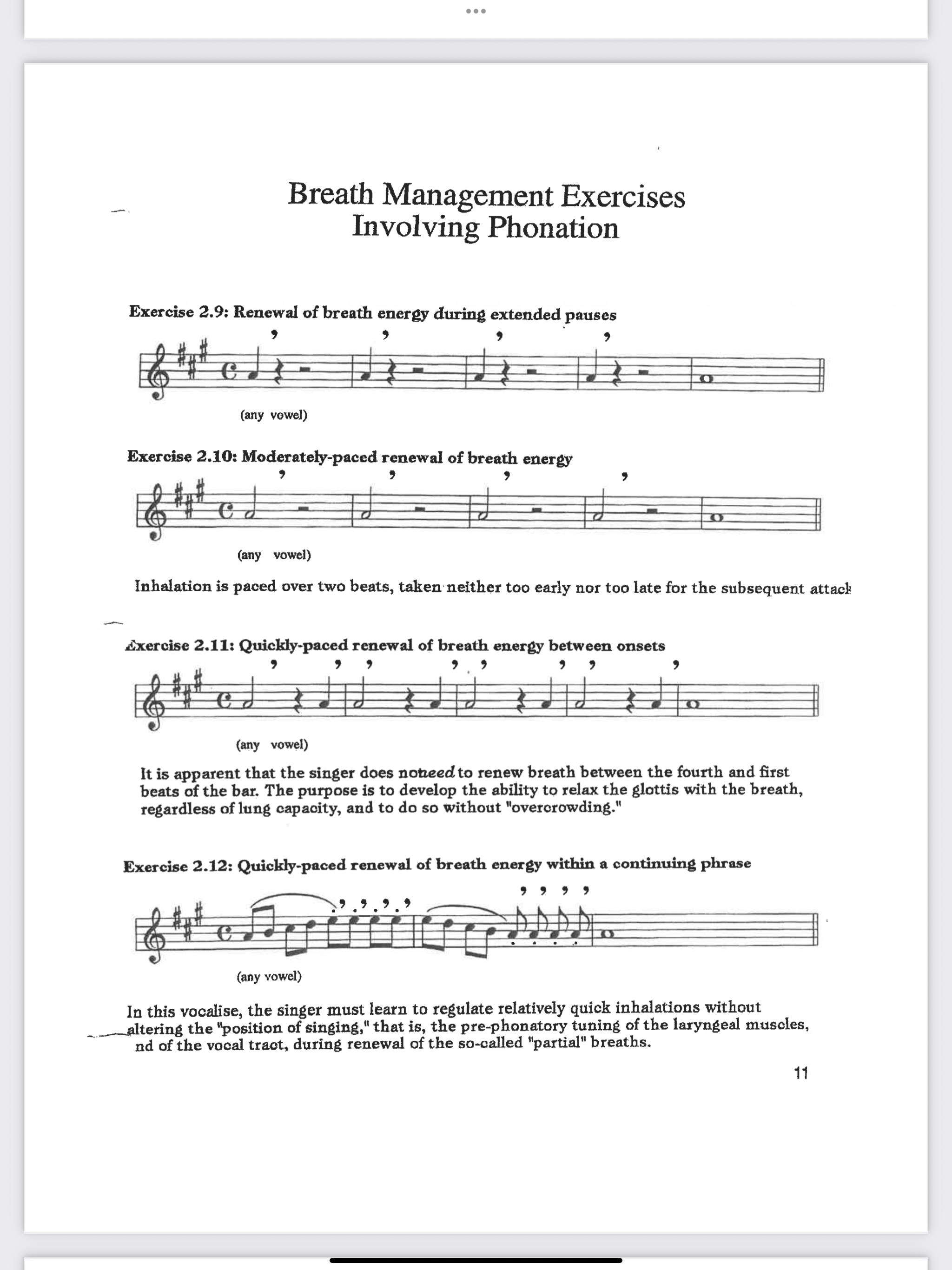A little goes a long way.
Because our voices are groups of muscles, we have to train them to manage the repertoire over time and through consistent practice. The “if you don’t use it, you lose it” mantra rings true for singing - just like an athlete or any other skill set for that matter. If all you can do is 15-20 minutes at a time, that is better than skipping days and days and then expecting your muscles to just jump back in from not being stretched and worked out. Be performance ready: build those expectations of your voice over time with consistent practice sessions. Your voice will thank you and deliver your expected standard of excellence!


